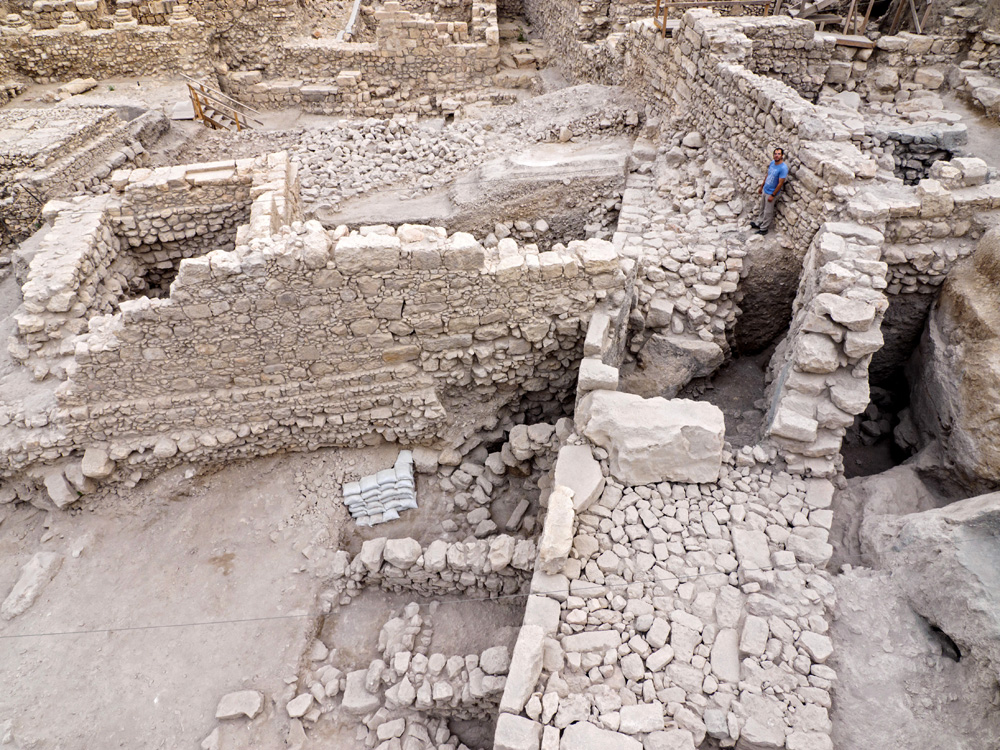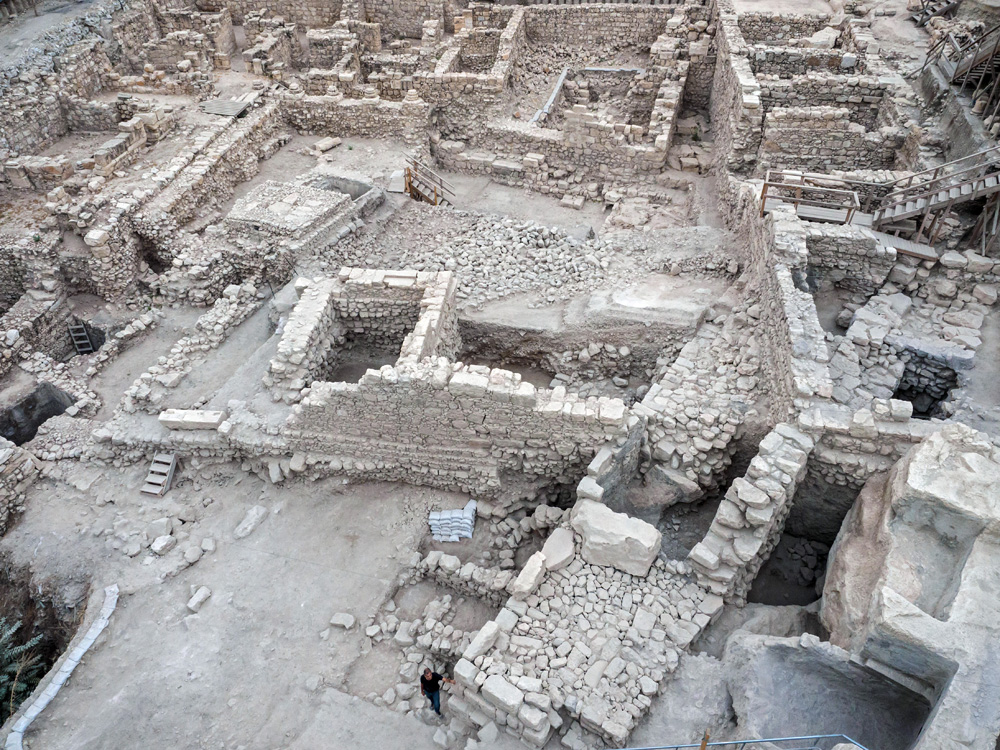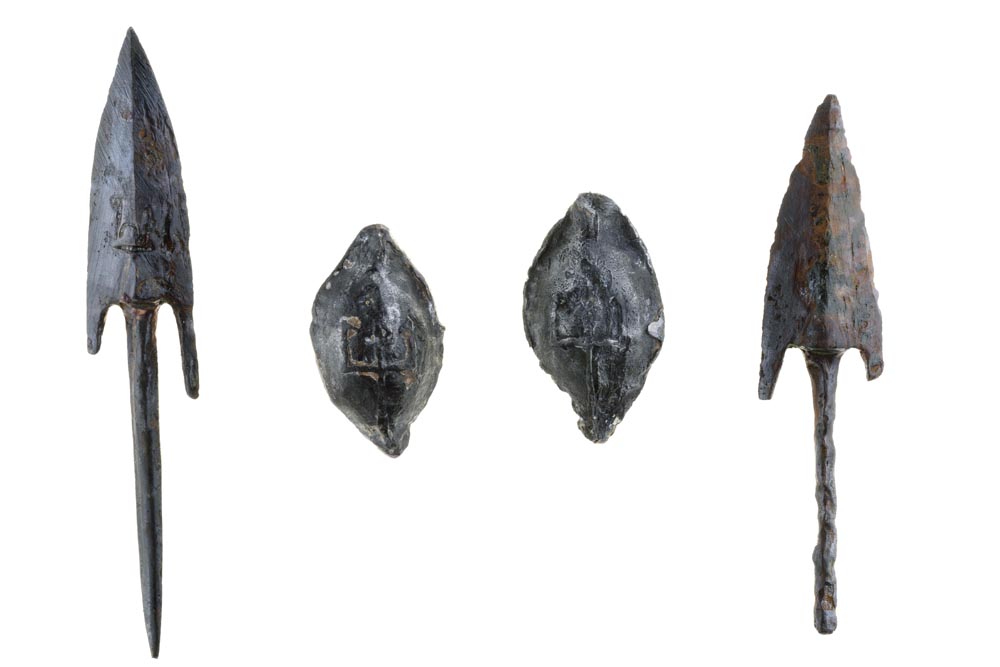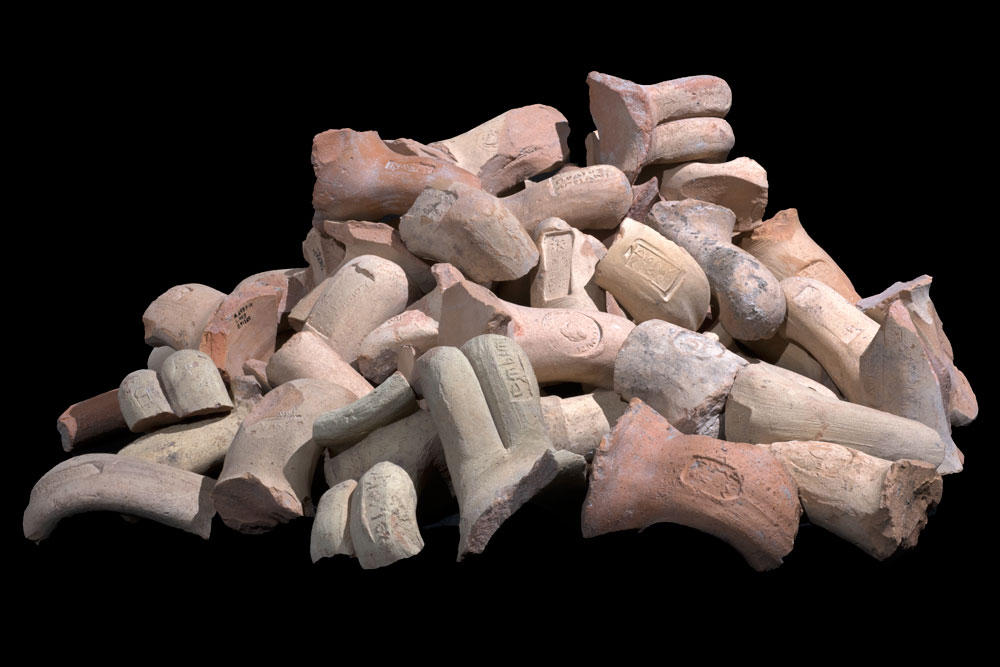Photos: Ancient Citadel Unearthed in Jerusalem
For 100 years, archaeologists and historians have guessed at the location of the Acra — an ancient citadel constructed in Jerusalem more than 2,000 years ago, during the reign of the Greek ruler Antiochus IV Epiphanes (215-164 B.C.). But a group of archaeologists working at the City of David dig site in Jerusalem Walls National Park may have just solved the mystery. The group recently unearthed a massive stone wall and tower, along with bronze arrowheads and other clues that point to the Jewish revolt that finally toppled the Greek citadel. Here are some of the most fascinating finds from the new discovery. [Read the full story about the discovery of the Acra]
Finding answers
Digging at the site revealed the massive remains of the ancient fortress' stone wall and 65-foot-tall (20 meters) tower. Archaeologists also excavated a sloping embankment, or glacis, at the base of the wall. The embankment was built to keep attacks from reaching the base of the citadel. (Credit: Assaf Peretz, courtesy of the Israel Antiquities Authority.)
A great discovery
The Acra was built in a strategic location such that Greek soldiers could control all access to the Temple Mount, a Jewish holy site and place of worship. The citadel blocked all access to the Temple Mount from the southern parts of the city. (Credit: Assaf Peretz, courtesy of the Israel Antiquities Authority.)
Weapons from the battle
During the excavation lead sling stones and bronze arrowheads stamped with the symbol of the reign of Antiochus Epiphanes were discovered. Archaeologists also found ancient coins near the stone wall of Acra that date back to the time of Antiochus Epiphanes' reign. Other coins were unearthed that were made during the reign of Antiochus VII (139-129 B.C.). (Credit: Clara Amit, courtesy of the Israel Antiquities Authority.)
Get the world’s most fascinating discoveries delivered straight to your inbox.
Fighting to protect their home
These lead sling stones and bronze arrowheads offer evidence of the attempts to conquer the Greek citadel. The Acra finally fell in 141 B.C. after a siege led by Simon Maccabeus, a prominent figure in the Jewish revolt against the Seleucid Dynasty of ancient Greece. (Credit: Clara Amit, courtesy of the Israel Antiquities Authority.)
Evidence of the residents' imbibing
In examination of the site, remains of handles from wine jars used by the inhabitants of the citadel were uncovered. (Credit: Clara Amit, courtesy of the Israel Antiquities Authority.)
Follow Live Science @livescience, Facebook & Google+. Original article on Live Science.








